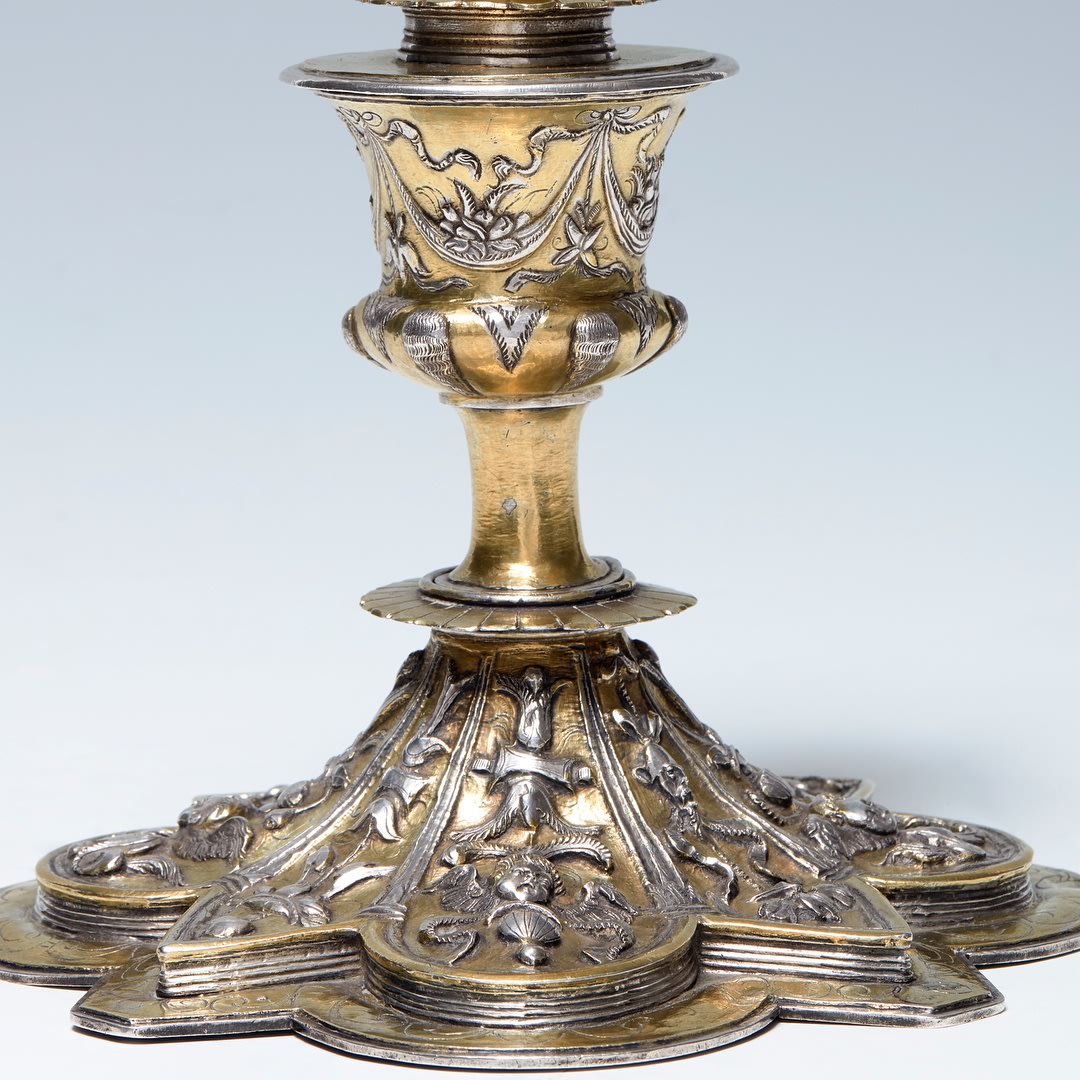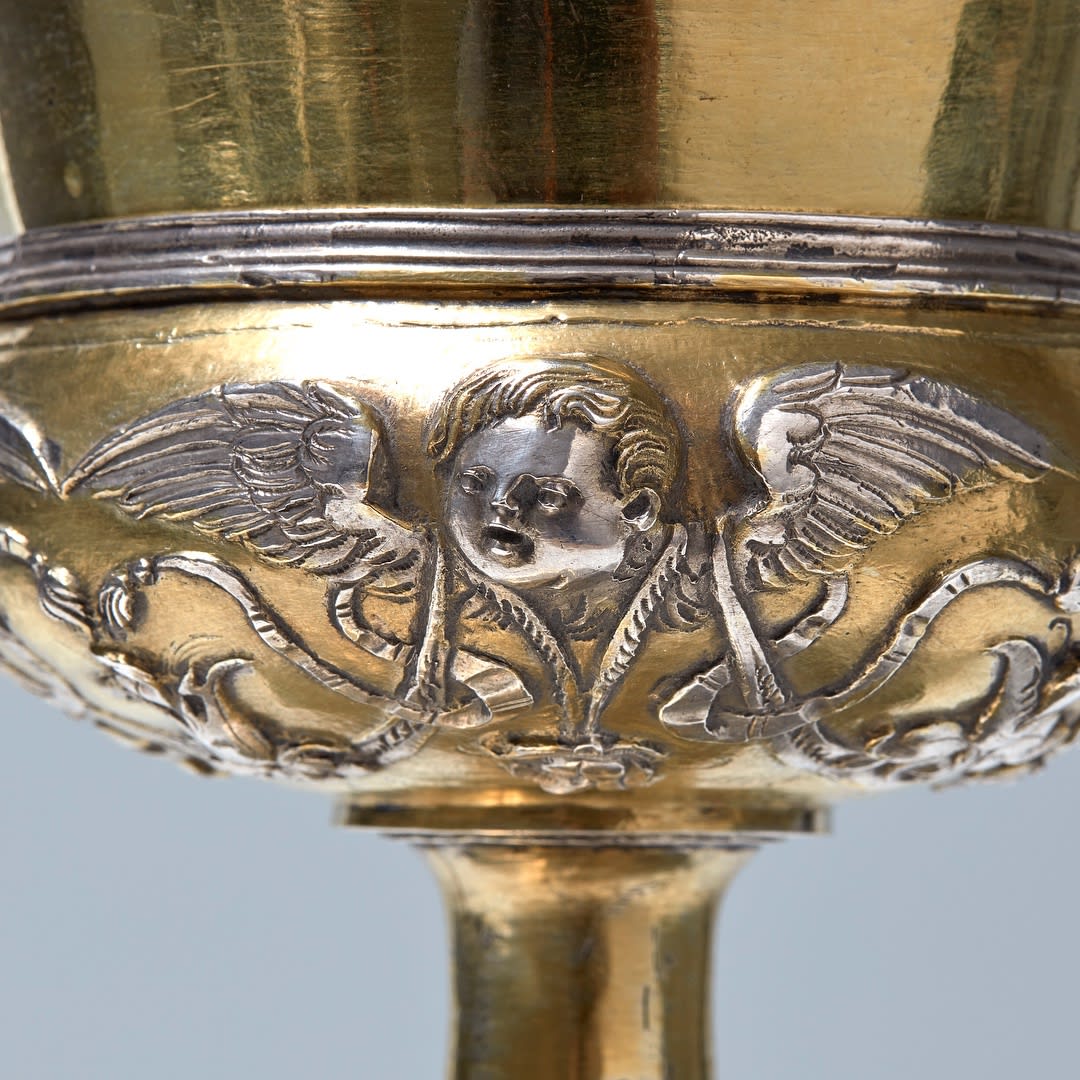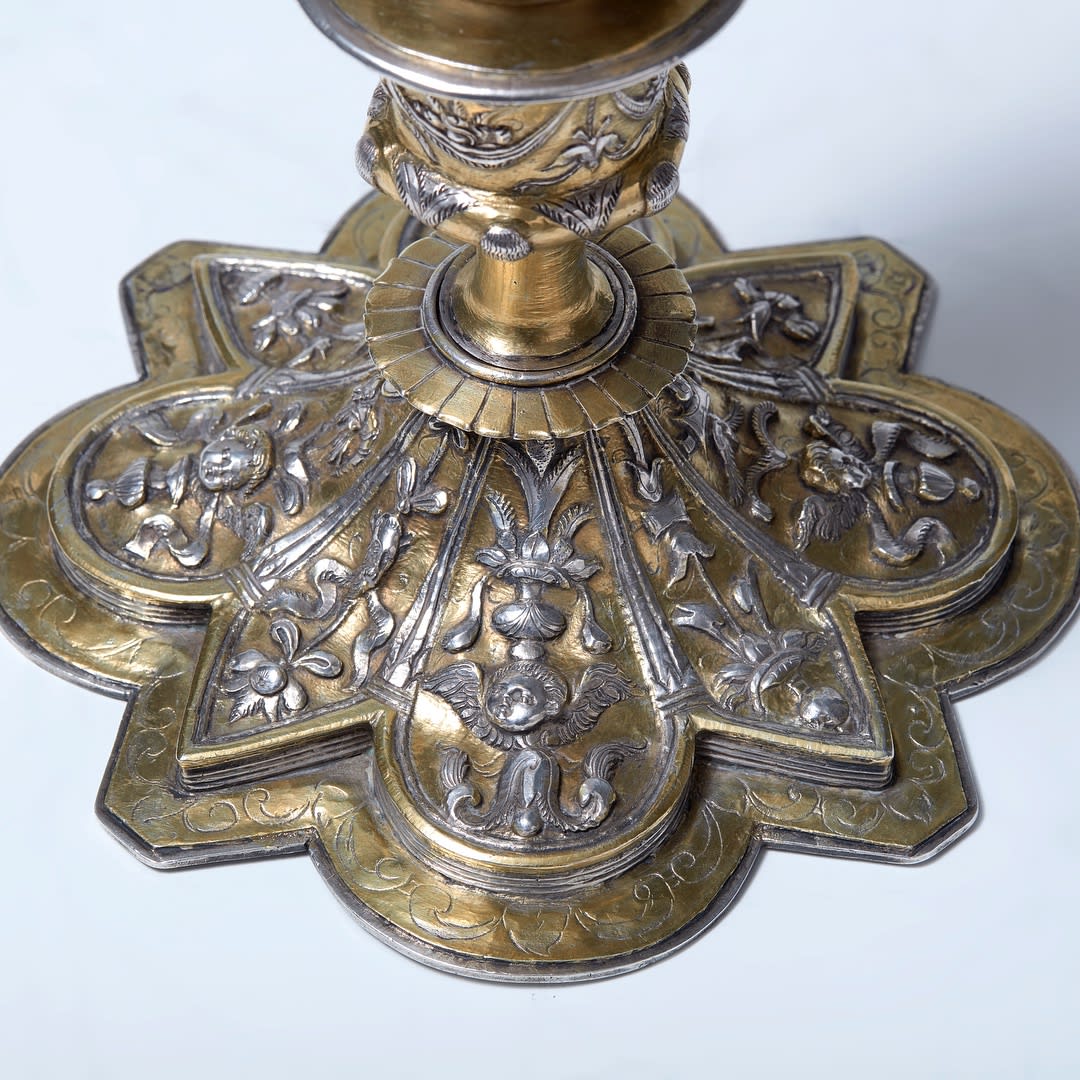Chalice, 1550-1560
Gilt silver, partially in its color; turned, cast, embossed and engraved.
Marks on the foot flange: Pilgrim venera inscribed within a square profile frame, and three-pointed vegetable crown.
Width: 19 cm
Weight: 938 g
Further images
-
(View a larger image of thumbnail 1
)

-
(View a larger image of thumbnail 2
)

-
(View a larger image of thumbnail 3
)
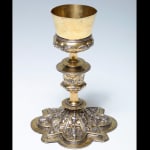
-
(View a larger image of thumbnail 4
)

-
(View a larger image of thumbnail 5
)

-
(View a larger image of thumbnail 6
)
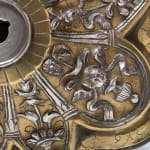
-
(View a larger image of thumbnail 7
)

-
(View a larger image of thumbnail 8
)
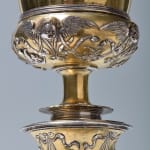
-
(View a larger image of thumbnail 9
)

-
(View a larger image of thumbnail 10
)

-
(View a larger image of thumbnail 11
)

-
(View a larger image of thumbnail 12
)
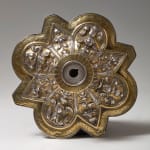
Stamped on the eyelash has two identical marks in the form of a flat leaf scallop with its two ears next to the hinge, reproducing the image of the scallop shell (pecten jacobeus) of the pilgrim, so that it can be easily identified origin of the piece. This icon is taken from the heraldry of the city of Santiago de Guatemala (Antigua), named for referring to the Pilgrim Apostle, who is the patron and who gives his name, and therefore, it is in this town where the chalice. Also in the tab of the foot, but in another of the blunt fields, the signal of a three-pointed plant crown appears with a very defective impression, which is none other than the one used to indicate that the piece went through the fiscal control responding to the obligation of payment of the "fifth".
Many chalices carved in the 16th century in the city of Antigua (Santiago de Guatemala) are not yet known, so the reference of this one that now comes to light is of great importance to reconstruct the religious silverware from the workshops of this important Central American artistic center. In addition, within the simplicity of the type, we discover in the specimen a perfect harmony in its structure by the arrangement and separation of the bodies that integrate it and above all it stands out for the elegance of its decorative vocabulary when treated with great plastic sense, where The motifs are drawn with security and with a brave relief that strengthens them by highlighting them on a plain background, which is not nuanced. In short, a very unique work for its artistic quality and especially for its antiquity.
Read essay






